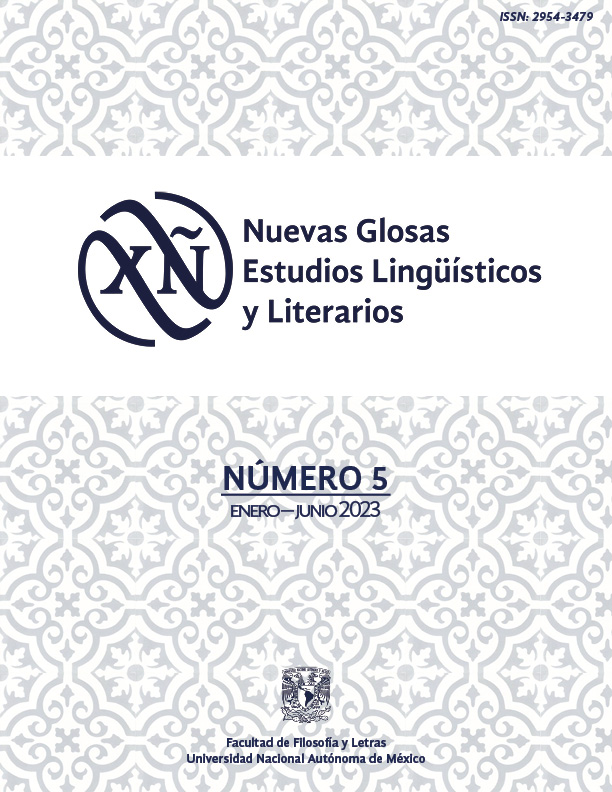Biografía de un cimarrón. A Testimonial and Partial Account of the Evolution of Slavery in Cuba
Main Article Content
Abstract
In this article, we analyze Biografía de un cimarrón (1966) by Miguel Barnet, who compiled the testimonies of former slave Esteban Montejo. We base our analysis on the theory of decolonization, mainly works such as Aimé Césaire’s Discourse on Colonialism, Frantz Fanon’s The Wretched of the Earth, and what Ramón Grosfoguel calls the “zone of being” and the “zone of not-being”. We reflect on the colonization processes that take place in Barnet’s work by focusing on a couple of fundamental axes: slavery, forms of violence based on racism and aspects of Afro-Cuban culture; finally, we complement our approach with historical, social, political and cultural references of thinkers like Juan Bosch, Germán Arciniegas, Eduardo Galeano, and other specialists, to delve into this complex process that can still be perceived in neo-colonization, oppressions, and forms of control and domination that take place not only in the Caribbean but also throughout Latin America. Considering all this background, we propose the concept ideological marooning.

